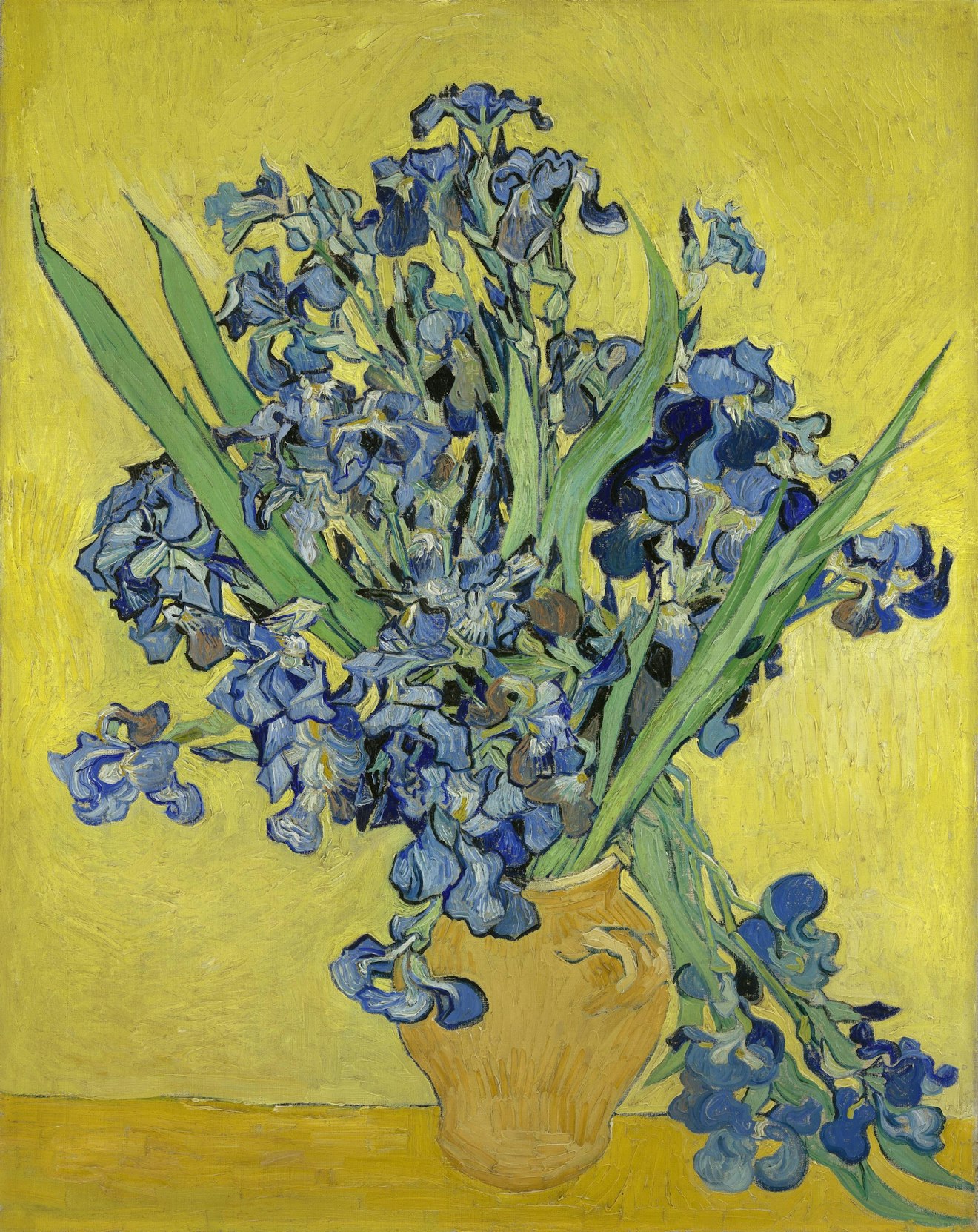Frameless Art
How we give importance to functionless art.

Can you make art with no purpose? Or is creating art for no reason a purpose in itself? It’s is a question that has no easy answer. No one has a response to an even more fundamental thought: How we define art.
A Merriam-Webster definition of fine art says “art… [is] concerned primarily with the creation of beautiful objects…”.
But this definition might be too narrow. When I searched for the same word in LaRousse’s French dictionary, it said almost the same thing. But it added that art is there to “give the viewer a particular state of feeling… related to its aesthetics.” [translated]
Both of those explanations focus on the importance of the way art looks. Real-World examples show that sometimes, people take ornamental things and give them utility. It might not even matter what it looks like to them. I can look at a decorative, circular sculpture and decide to build a clock onto its face. Before, it was frameless, meaning it had no purpose other than to exist and analyze for your viewing pleasure. After, I have framed it with a new meaning, turning it into a practical tool by changing its medium.
To better understand how some use art as a device, I’ve rounded up examples below of art with and without a frame.
Defined Art: Within a Frame
Furniture is one of the best examples of art with a function. You might not even consider it art because most people don’t look at a chair or table and feel as emotional about it as they would a painting. But the fact of the matter is that furniture is still visual, and they can inspire particular feelings in us. Someone might come home to a red fabric chair with gold arms, and feel like a king when they sit down on it.

Handmade-Tisch by Julia Ta, from the Leine Art Gallery
Our household items are a treasure trove for decorative things used in practical ways. One of the oldest art mediums that were important (visually and not) is classic pottery. There are over 100,000 Greek pots that we’ve found, and they’ve become a crucial part of what helped us understand Greek society. Not only did pots portray characters acting out famous myths, but they were also used to store oils, perfumes, and wine.
There are examples of art that can blur the line between framed and frameless. We can look to Tibetan monks for an example of this. Sand painting is a pure form of art where both, the image created and the act of creating it, matters. Monks carefully draw sand of different colors onto a surface, creating the shape of a mandala. A mandala is a geometric, symbolic image that represents various facets of faiths like Buddhism, Shintoism, and Jainism. In this case, the mandala represents the entire universe. Mount Meru, which Buddhism views as the center of the universe, is always pictured at the center. Although these images are essential to the faith, the mandala is still ritualistically disassembled at the end. This is done to practice acceptance that material things are impermanent.

Disassembling of a sand mandala. Credits to S C Hargis
Sand Mandalas break the frame mold because they are not created purely for visual storytelling nor household usage. Instead, the actions involved in creating, painting, and meditating on it are all also a part of the piece’s purpose.
Undefined Art: Leaving the Frame
When is an art piece’s use (and content) unimportant?
Ironically, one of the first crowds to think this way can be buyers. Some people who purchase artwork for millions of dollars do it just to show you that they can. Adam Davidson of The NY Times Magazine expands on this, saying, “Because each piece of fine art is unique and can’t be owned by anybody else, it does a more powerful and subtle job of signaling wealth than virtually any other luxury good...”
Today, the most expensive artwork of a living creator ever sold is Jeff Koon’s $91 million Rabbit. The 3 ft tall, stainless steel bunny has no purpose outside of being an artwork. It may have a meaning or an idea that inspired its creation. But alone, it’s frameless. By buying art to symbolize one’s wealth and influence, the owner is framing the artwork to suit their own needs. Like my sculpture with the clock, it used to be purely visual. After, it became a means to do something for a person- In this case, to show off one’s financial worth.

Rabbit, 1986. Credits to Christie’s. The statue stands at only 3 ft tall.
Changing the medium of art can also change its frame. If you took art off a phone case, it’s just regular art. By attaching to the case, it’s become a little bit like fashion. It’s meant for self-expression. There are also decks where each card has an illustration of a distinct artist attached. You probably wouldn’t analyze the pictures on each card like you would if they were in a museum. That’s because they aren’t imperative to play Solitaire or Poker. Instead, they’re a detail meant to add color and variety to a game.
In an article for The Guardian, writer Jonathon James argues that the best art is meaningless. To him, to say what a piece means is to leave nothing else to say. He references Mark Rothko as an excellent example of an artist who didn’t put any direct meaning in his work. Rothko might not have agreed with this article, though. In fact, he thought that the essence of art was to identify with the universal, and the spiritual, not the physical.
This leaves Rothko’s art without a frame. His work’s purpose is intangible. Even if you related to Rothko’s want to explore spirituality, what that looks like for each person is different. It’s not like the Buddhist monks who share a ritualistic meditation, and a hands-on dismantling process in common. No, Rothko’s art leaves you to create a frame for his piece yourself.
The critical point here is that art’s content isn’t the only thing that matters. What matters is how we choose to create a frame for it, turning it into catalyst or tool for something entirely personal. By doing that, we detach from the definition of art, which says that it’s only about its aesthetics.
Why does it Matter if Art has a Frame?
Art is not an equation with an unalterable solution. Nor is it a scientific experiment that you can weigh, measure, and prove. Because art is so subjective, the way we frame it matters because it says something about who we are.
The least that art seems to do is give us a community. We can look at how people react to Vincent van Gogh’s piece, Irises (1890), for an example of this. His art has no “real” purpose besides being beautiful, yet many people have profound emotional reactions to it. Mental health company The School of Life references this piece in their video, One Day at a Time, calling it no ordinary vase, but a reflection of a man struggling to make it through each day during his stay at an asylum. One of the most loved episodes of TV show Dr. Who is famous for its sentimental scene of Van Gogh himself learning how important his art became after his death. I also have found many friends in people who connect deeply to his bluest paintings.

Irises, 1890. Credits to Van Gogh Museum
Perhaps frameless art does have a hidden purpose. You can’t use it to tell the time, to dress, or to show off how much wealth you have. But if you ever find yourself standing in front of a canvas, covered in oil paint, and you hear a viewer next to you say, “I find this one unique,” maybe the conversation that follows was enough reason for it to exist.
This website uses cookies. By continuing to use the website we assume Your acceptance on this. Read more

